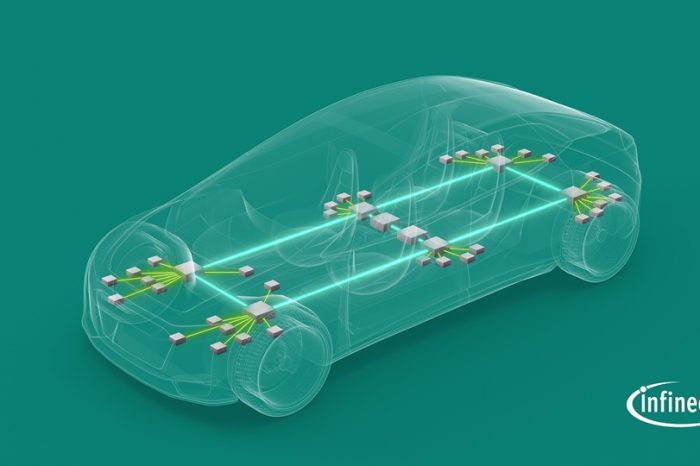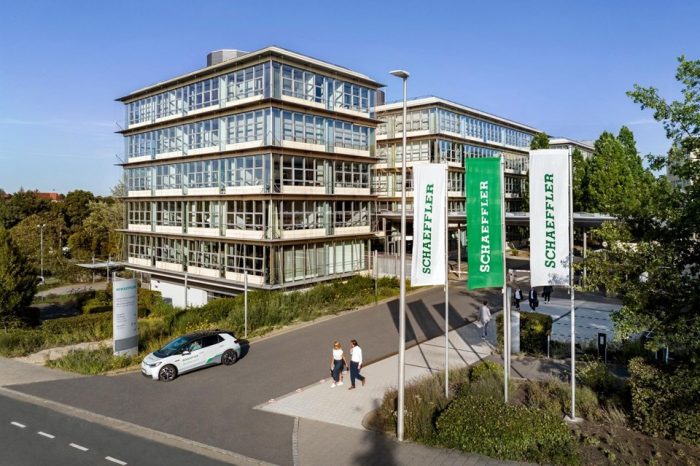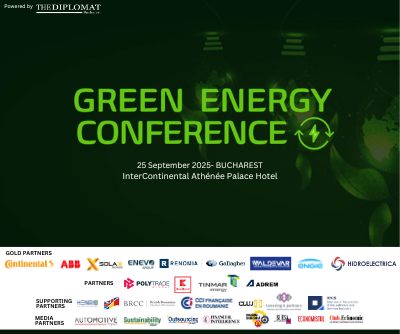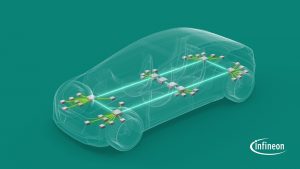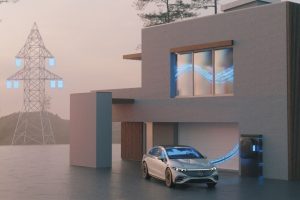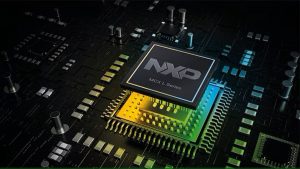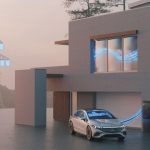Mercedes-Benz and The Mobility House launch partnership for smart home charging in Europe
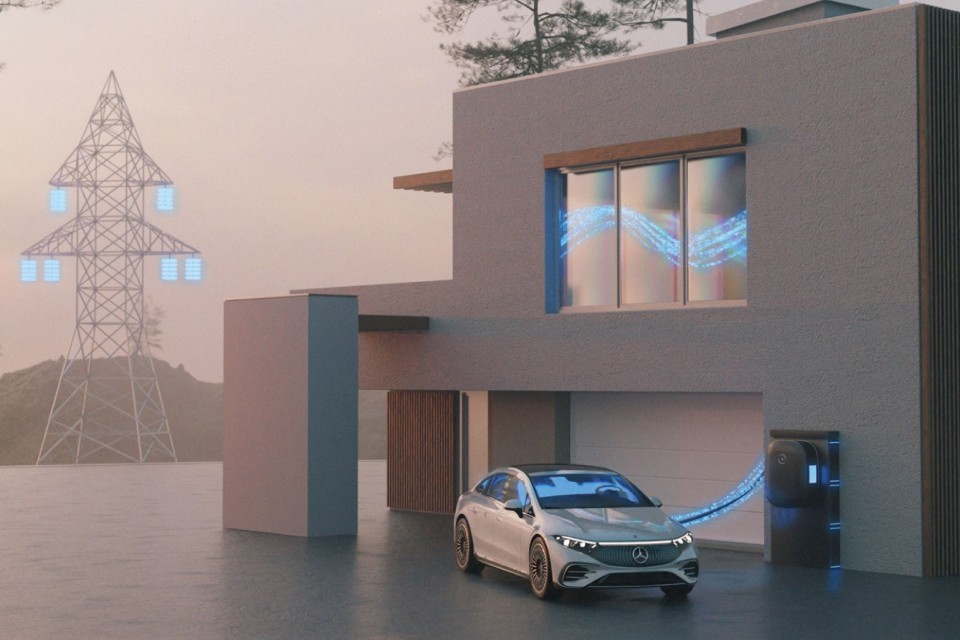
Mercedes-Benz and The Mobility House announce a Europe-wide cooperation for advanced Vehicle-Grid-Integration (VGI) solutions. Both companies are combining their expertise in electromobility and charging technologies to connect Mercedes-Benz electric vehicles with the energy system.
The partnership includes smart charging offers for private households, providing both unidirectional (Vehicle-1-Grid/V1G) and bidirectional (Vehicle-2-Grid/V2G) solutions. V1G involves charging the vehicle intelligently and as cost-effectively as possible, while V2G allows electric vehicles to feed electricity back into the grid, achieving higher revenues for customers through energy and grid services and integrating more renewable energy into the power grid.
“At Mercedes-Benz, we firmly believe that the future is electric. This year, we will introduce outstanding new electric models and aim to set standards for an exceptionally comfortable and fully connected charging experience. Together with The Mobility House, we look forward to elevating the customer experience and the appeal of electromobility to a new level.” – Franz Reiner, Chairman of the Board of Mercedes-Benz Mobility AG
“The intelligent integration of electric vehicles into the energy system is key to a sustainable and economical mobility future. Together with Mercedes-Benz, we are bringing Vehicle-to-Grid technology from vision to reality – realizing emission-free and cost-efficient electromobility.” – Thomas Raffeiner, CEO of The Mobility House
Mercedes-Benz plans the gradual introduction of smart charging offers with the new generation of electric vehicles. In an initial development stage, charging processes at the home wallbox will be intelligently controlled so that charging with green electricity occurs at the best possible time, allowing customers to save on electricity costs. The intelligent system charges whenever the wind blows or the sun shines, and thus particularly large amounts of renewable electricity are available in the energy grid, and electricity prices drop.
A central focus of the partnership is the development of infrastructure for bidirectional charging, enabling electric vehicles not only to charge but also to feed electricity back into the grid. The electric vehicle acts as an energy storage unit and becomes an integral part of the smart home system of private households as well as the entire energy grid.



